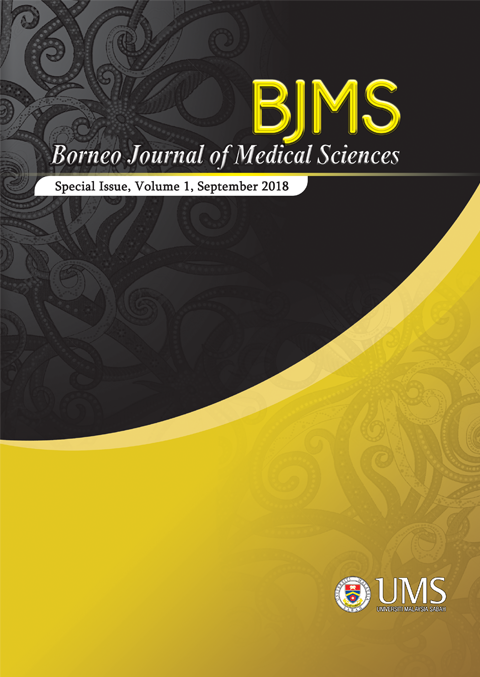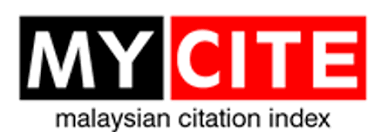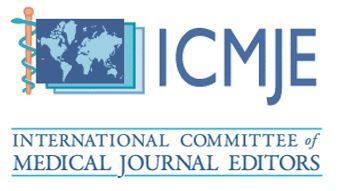Investigation of Deacetylation Treatment at Different Temperature for Chitosan Extraction from Shrimp Shell Waste
DOI:
https://doi.org/10.51200/bjms.vi1.1408Abstract
Background: Disposal of shrimp shell waste is gradually increasing throughout the years due to the constant growing of cultured shrimp production at the local area which in turn increases the bio-waste of shrimp shell. Shrimp shell waste contains valuable components such as protein and chitin. Chitin can be found at the outer surface of shrimp shell, while chitosan can be derived from chitin. Chitosan is a valuable natural polymer as it holds major potentials for industrial applications. However, the poor quality of chitosan has restricted its potential in applications and this is due to the difficulties in maintaining its degree of deacetylation, solubility, and ash content. Hence, several factors such as the temperature for deacetylation treatment, concentration of alkaline solution, ratio of chitin to alkaline solution, and few other factors are important to produce a good quality of chitosan.
Keywords: deacetylation treatment, chitosan, shrimp shell waste, degree of deacetylation, solubility
Downloads
Published
How to Cite
Issue
Section
License
All articles are published under the Creative Commons Attribution-NonCommercial (CC BY-NC 4.0) license, enabling users to read, download, copy, distribute, and adapt the material for non-commercial purposes, provided proper credit is given to the original authors and the source. This model supports transparency, accessibility, and the global exchange of medical knowledge.








1.png)



